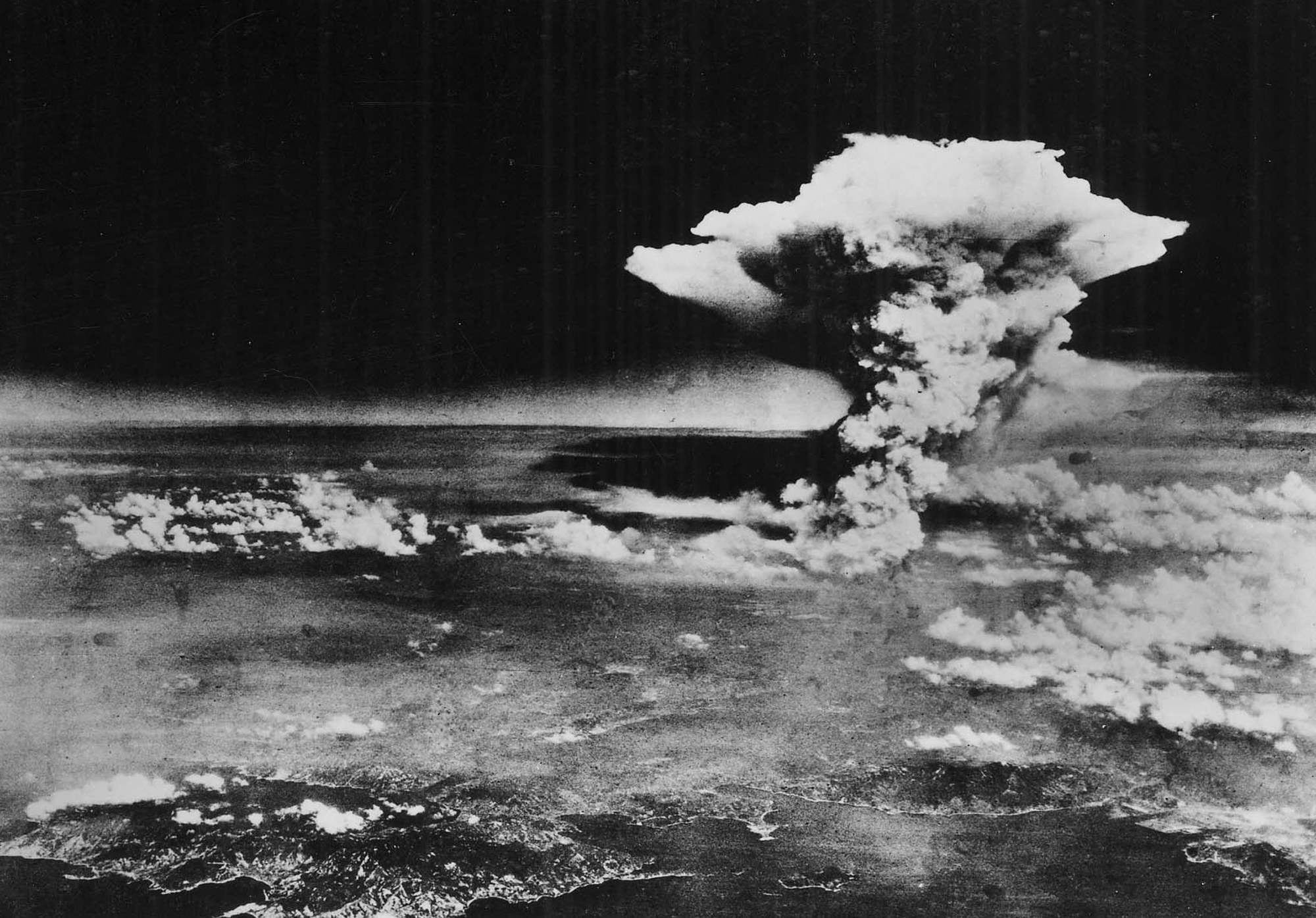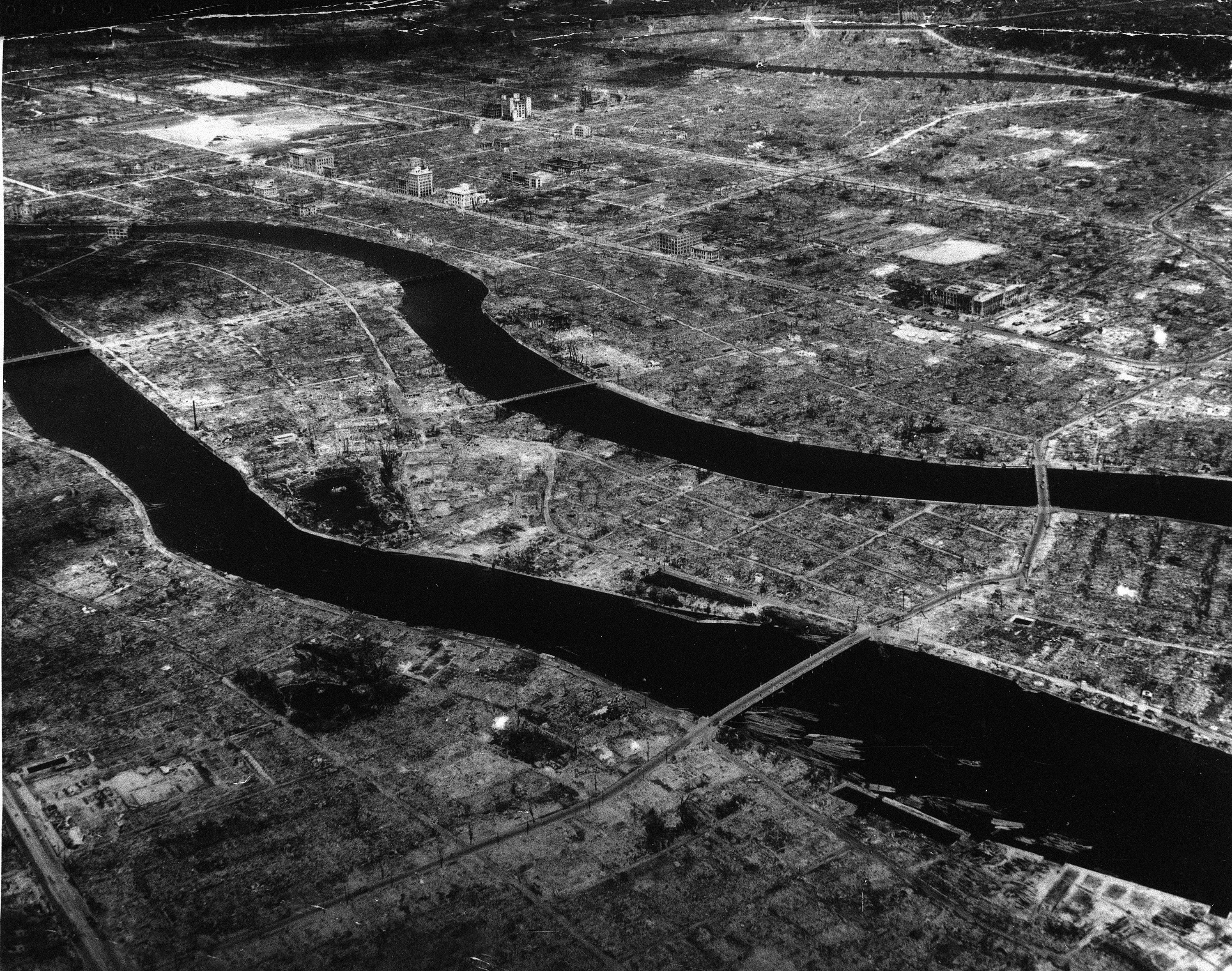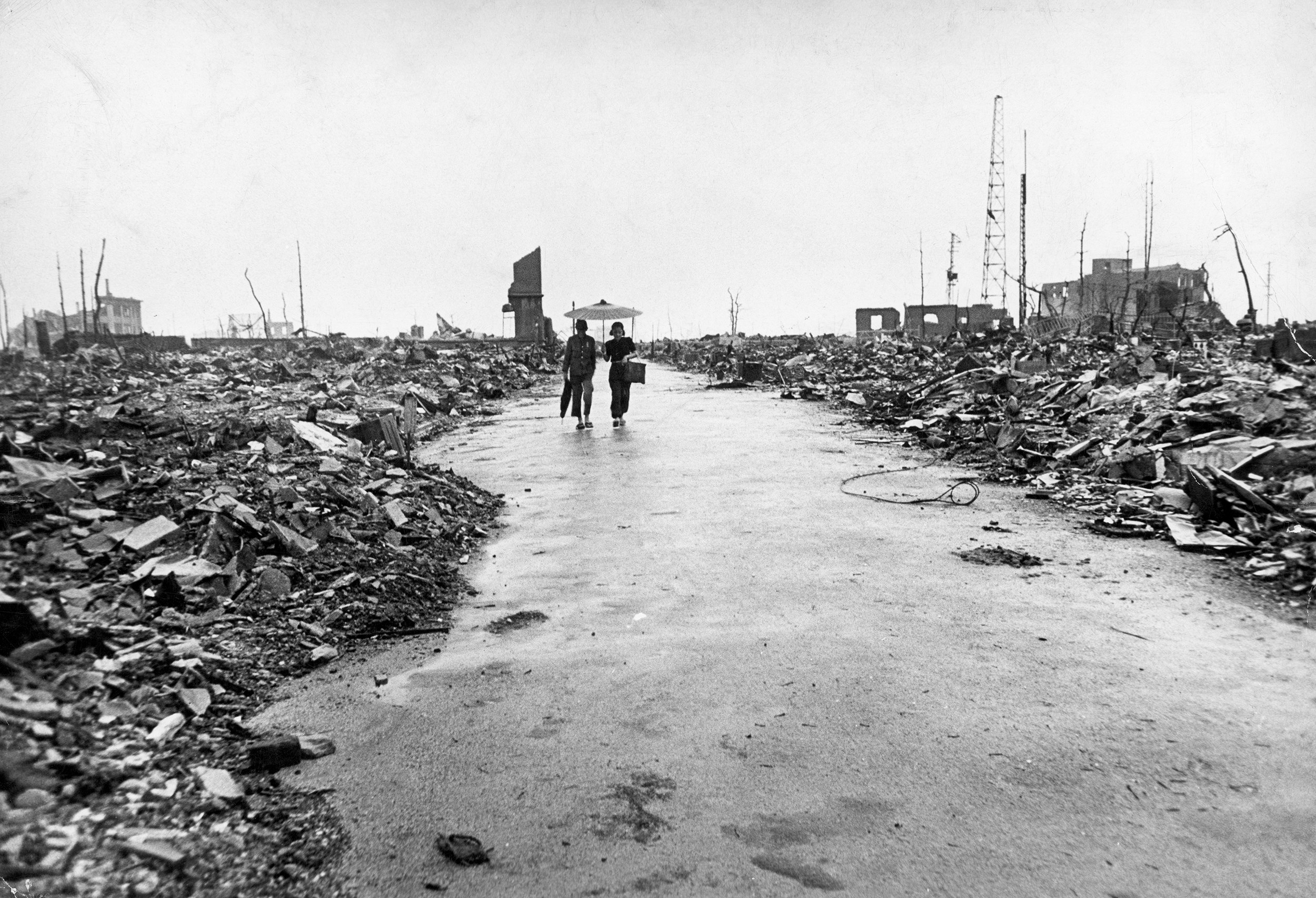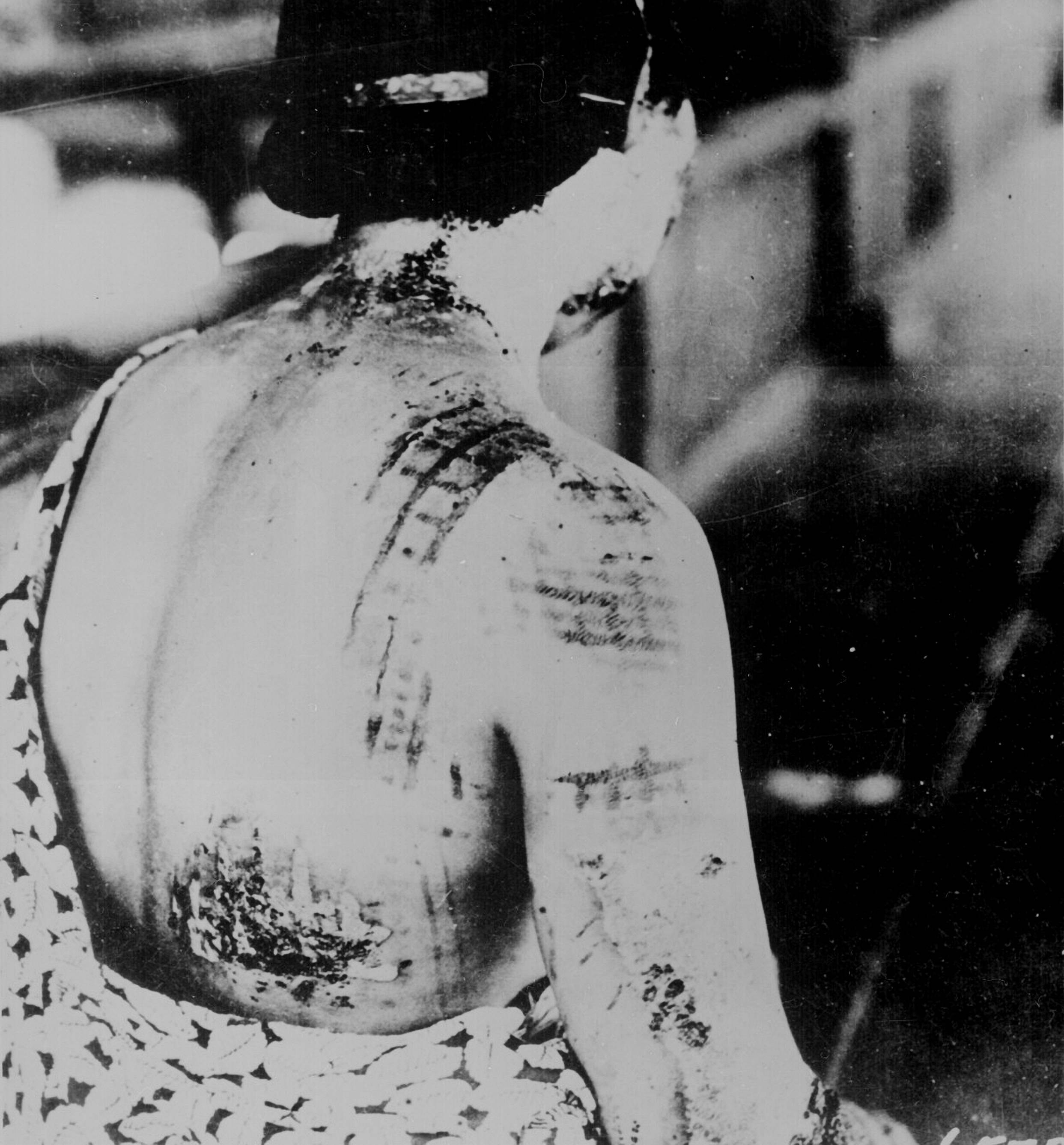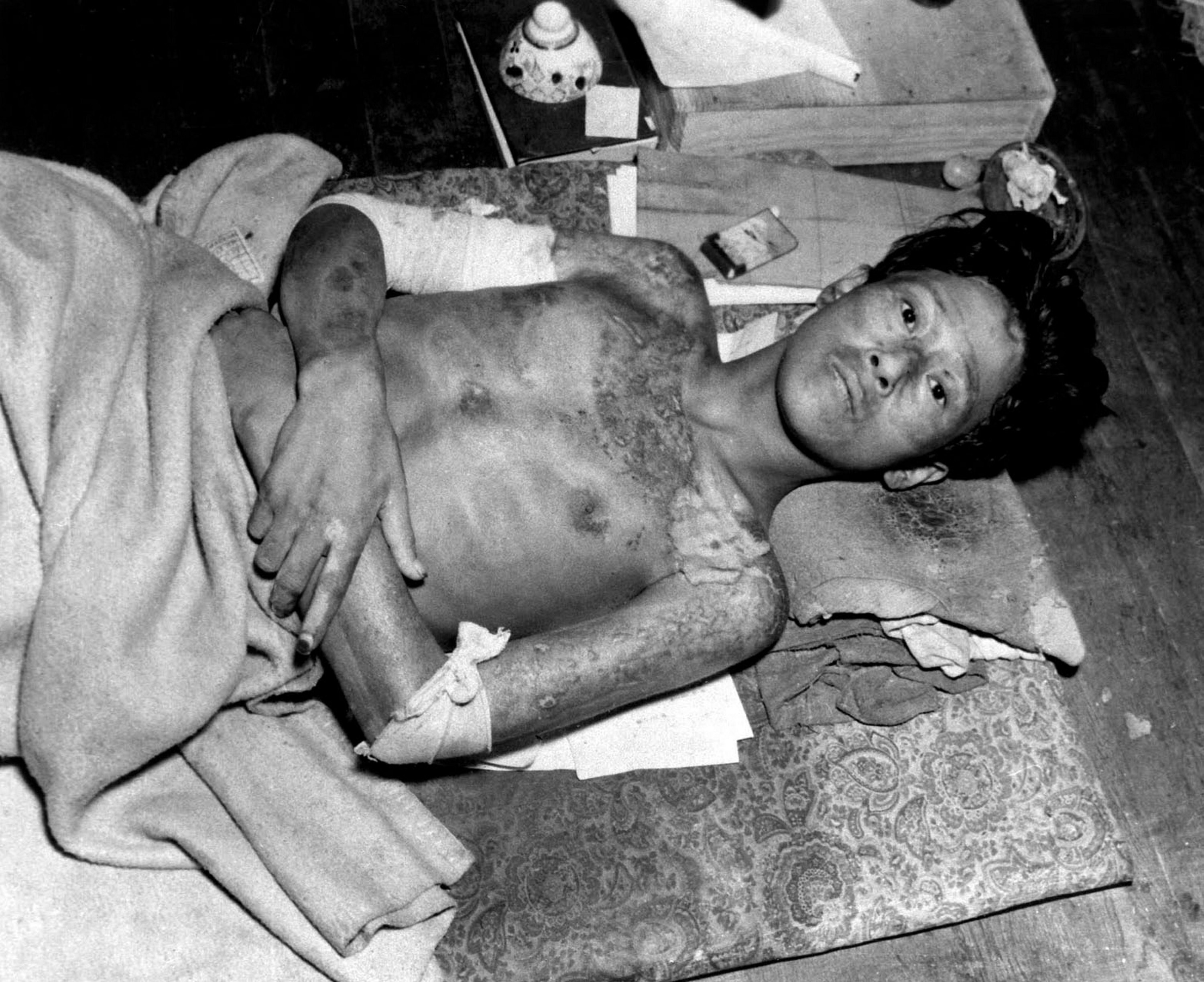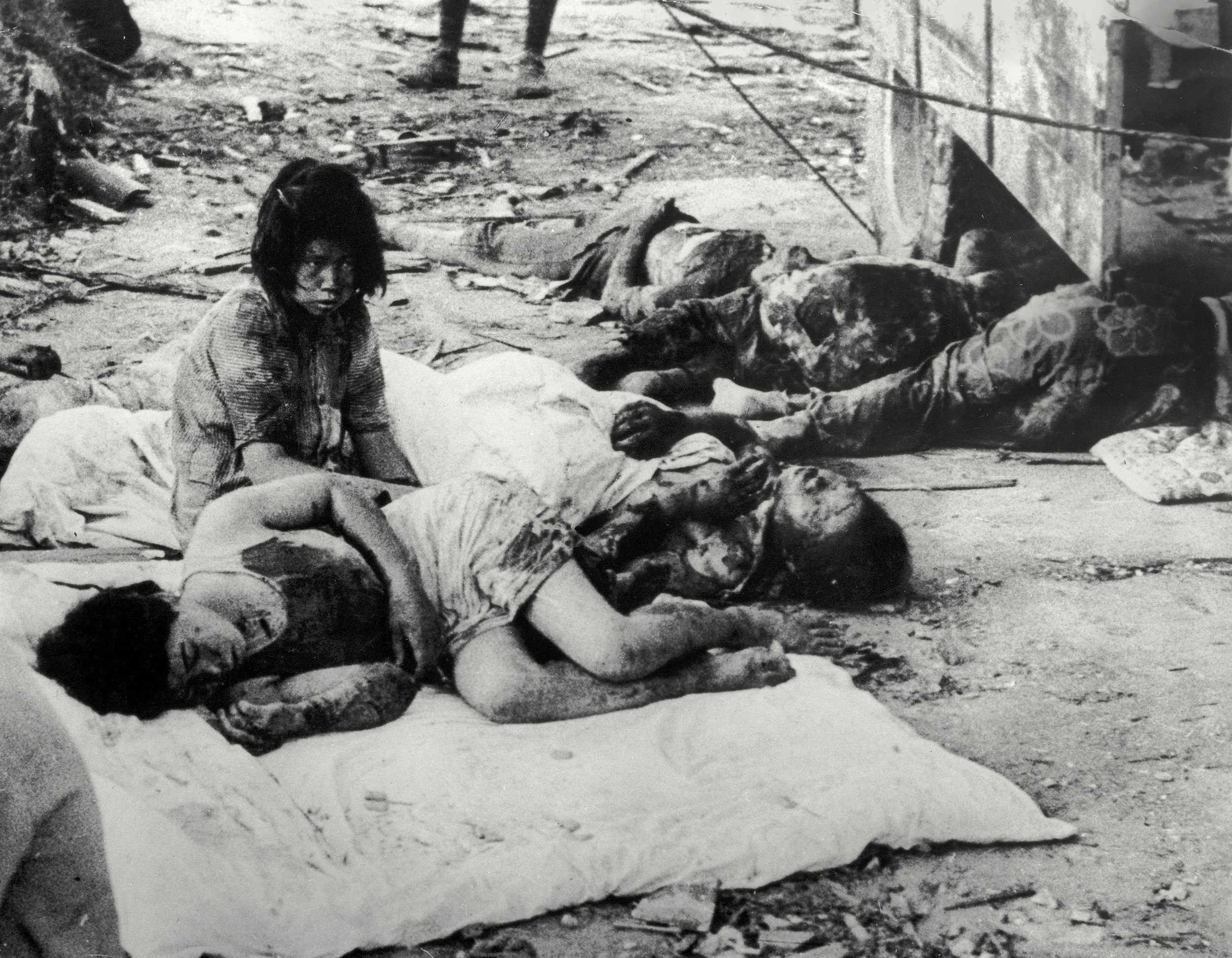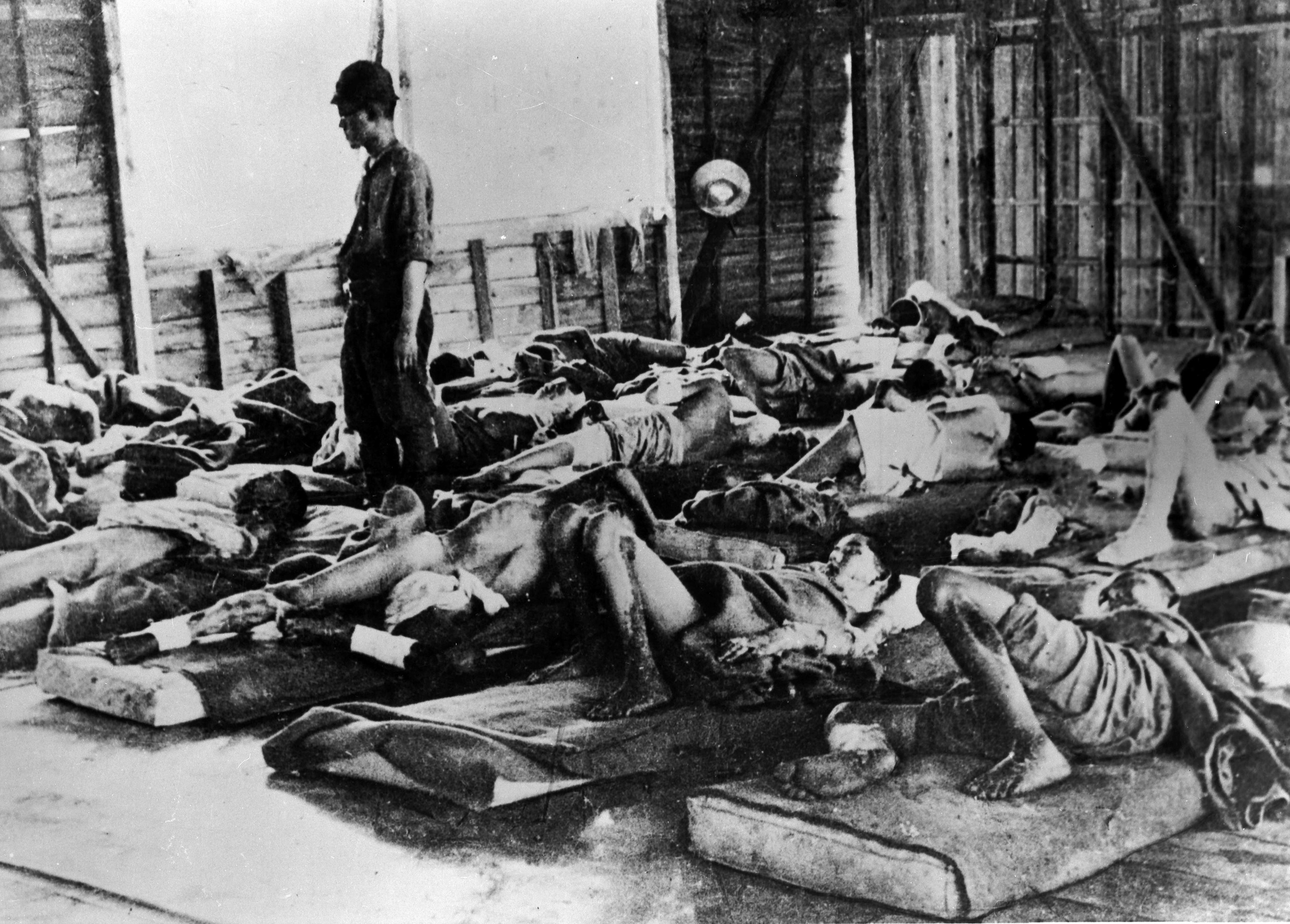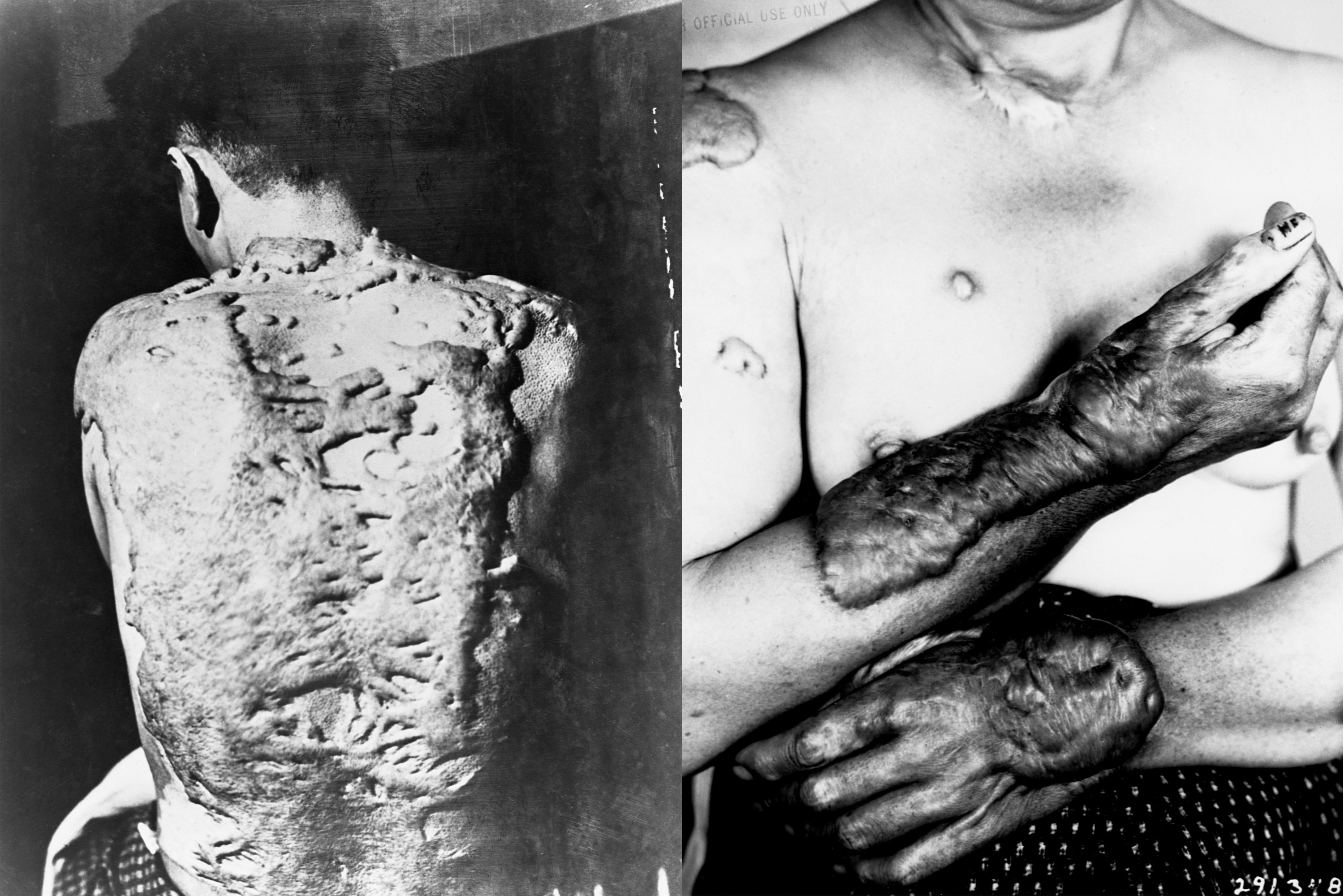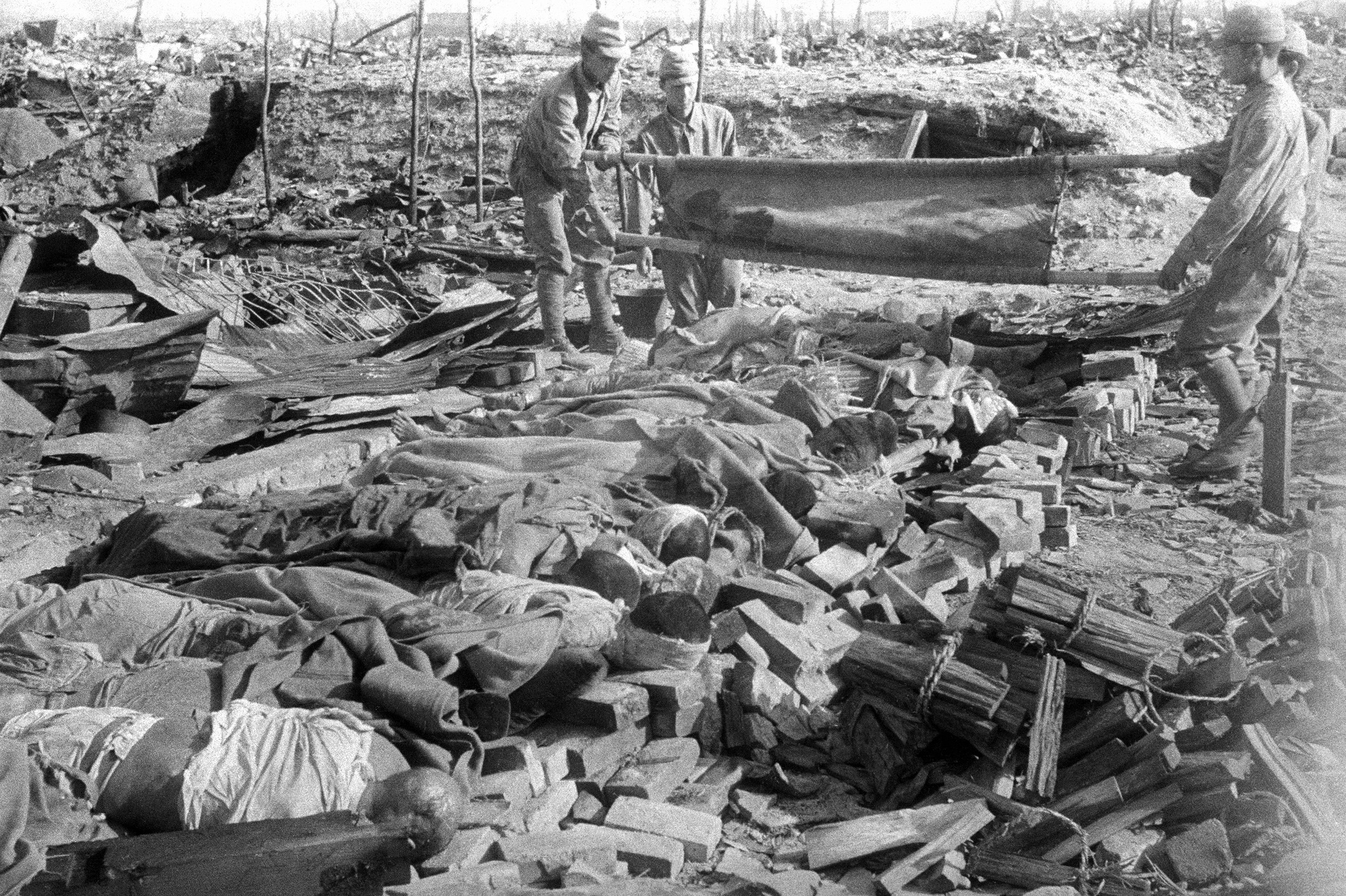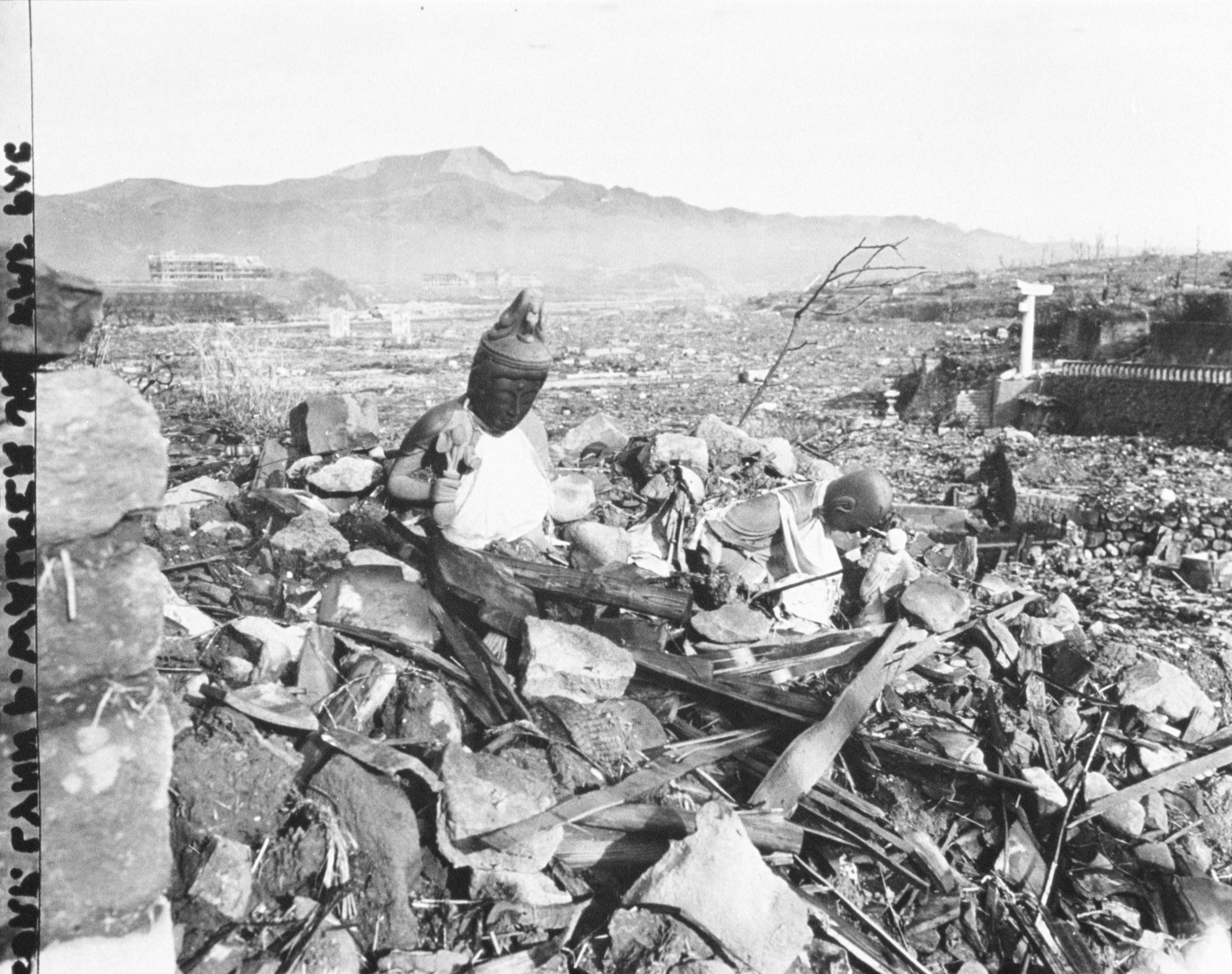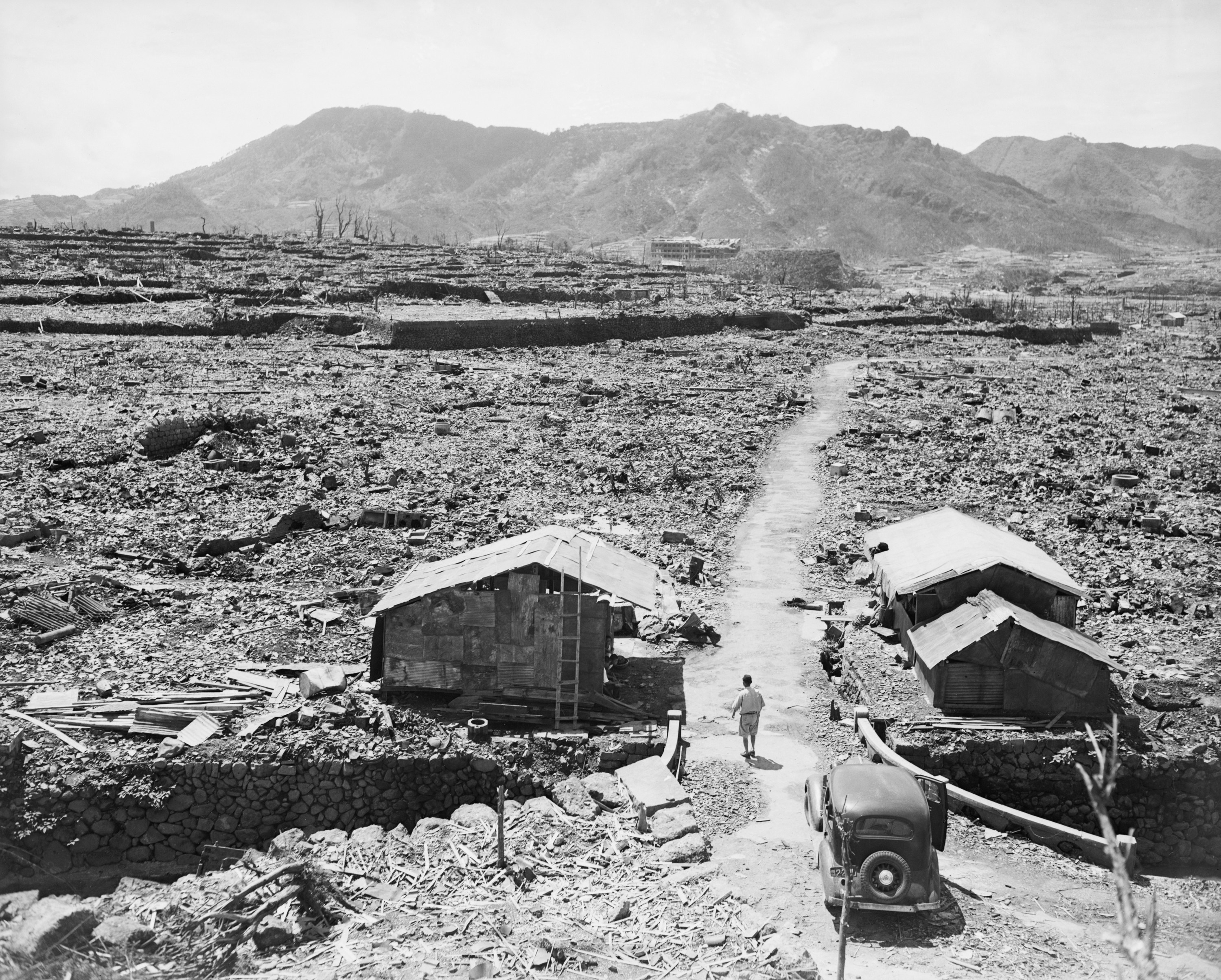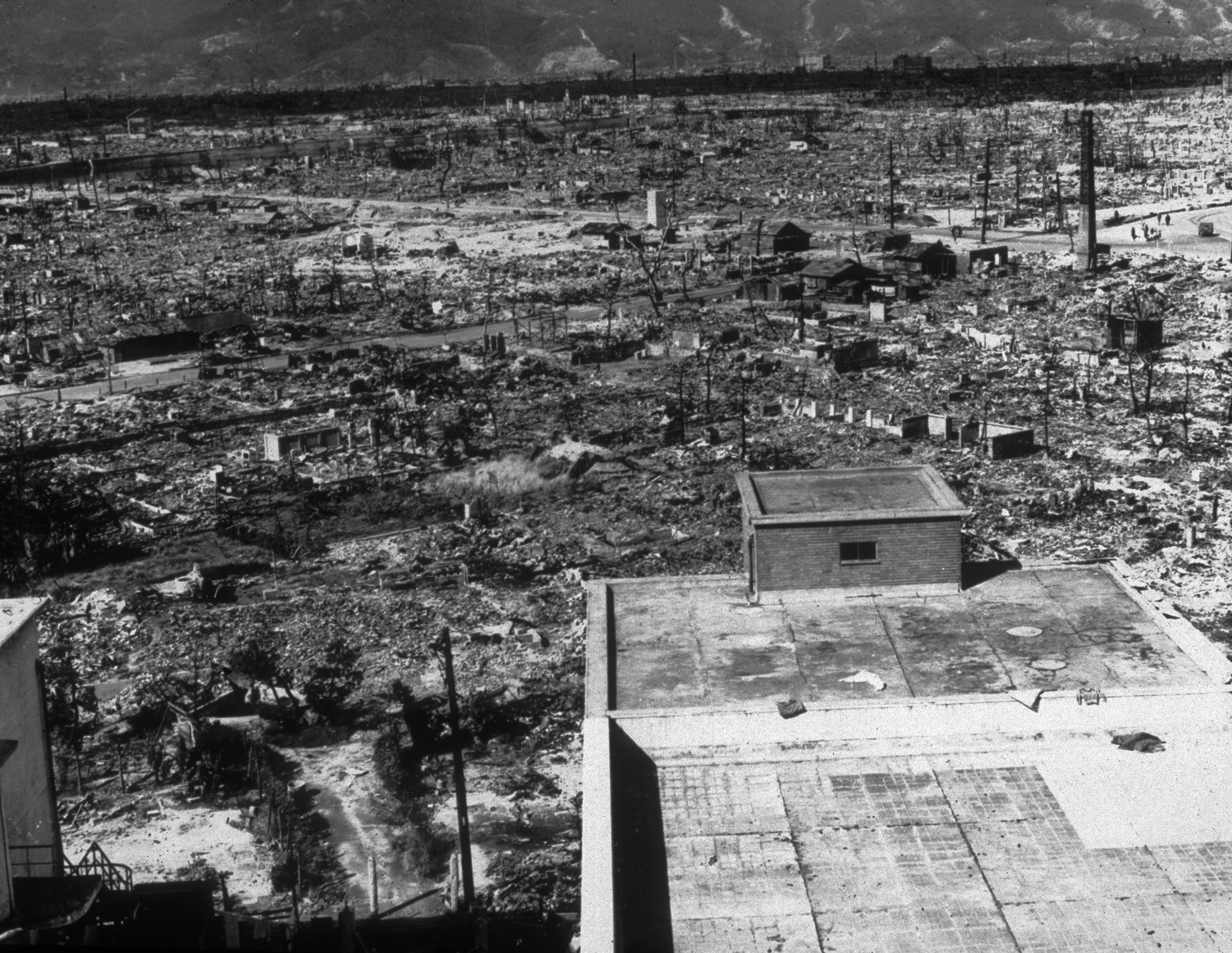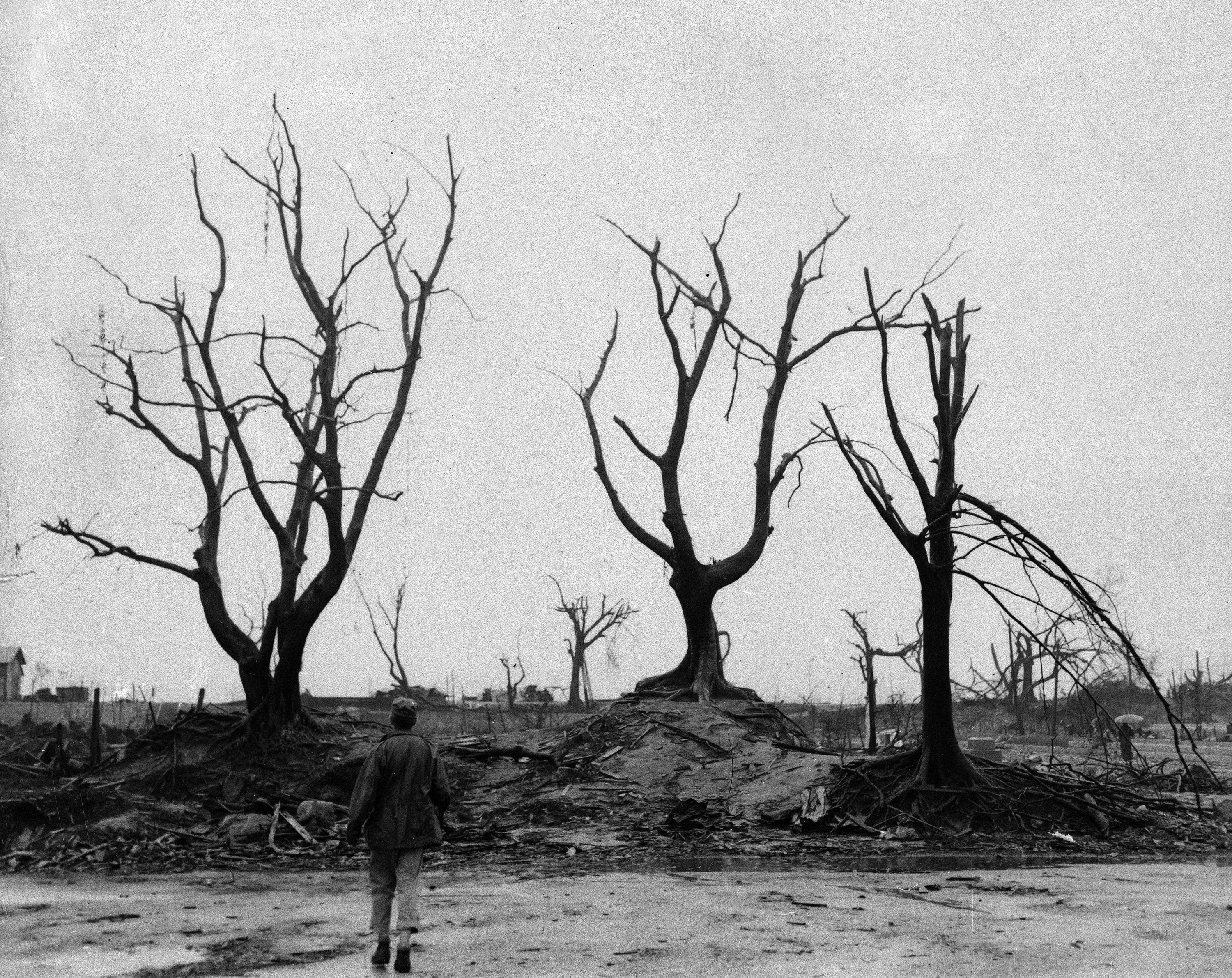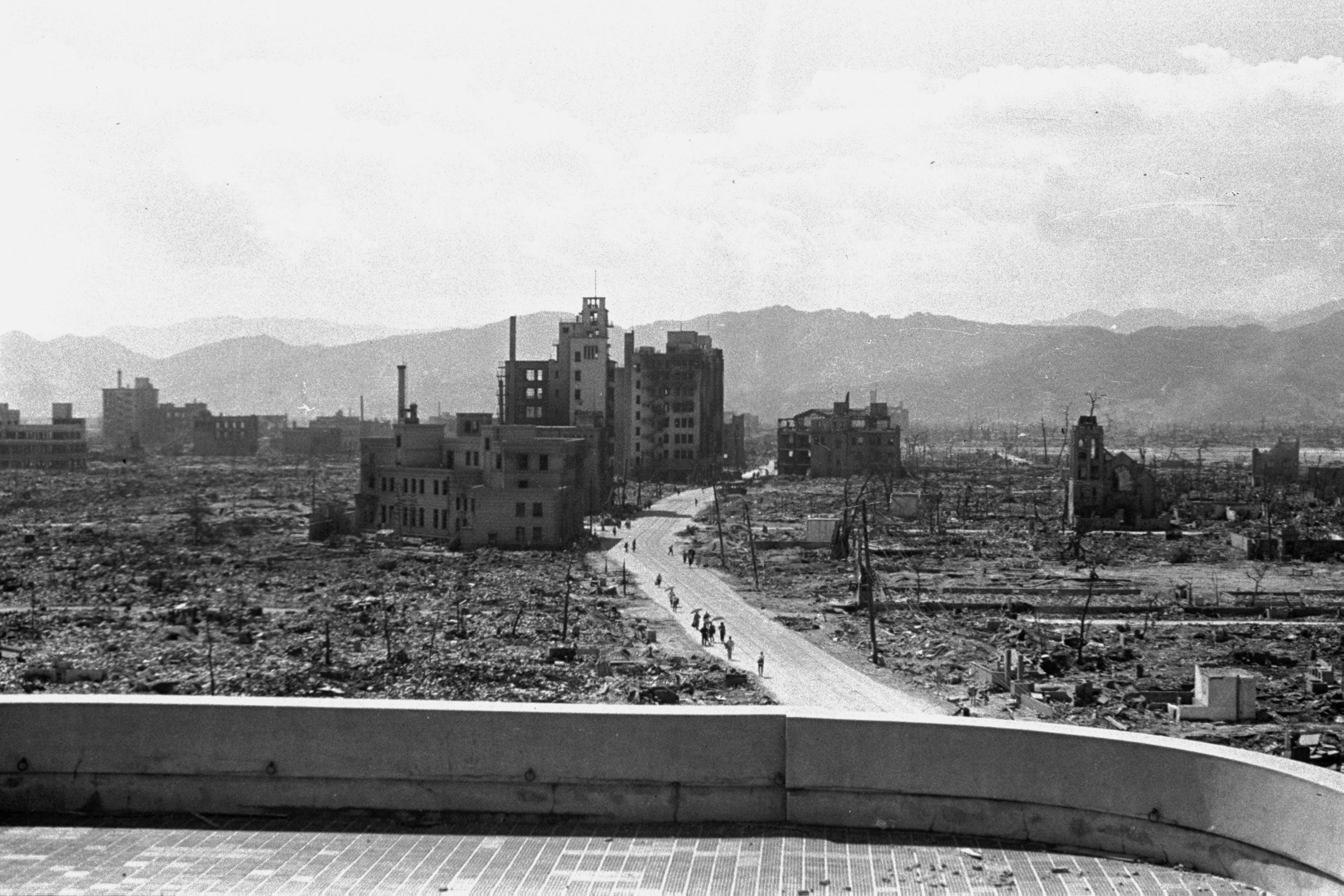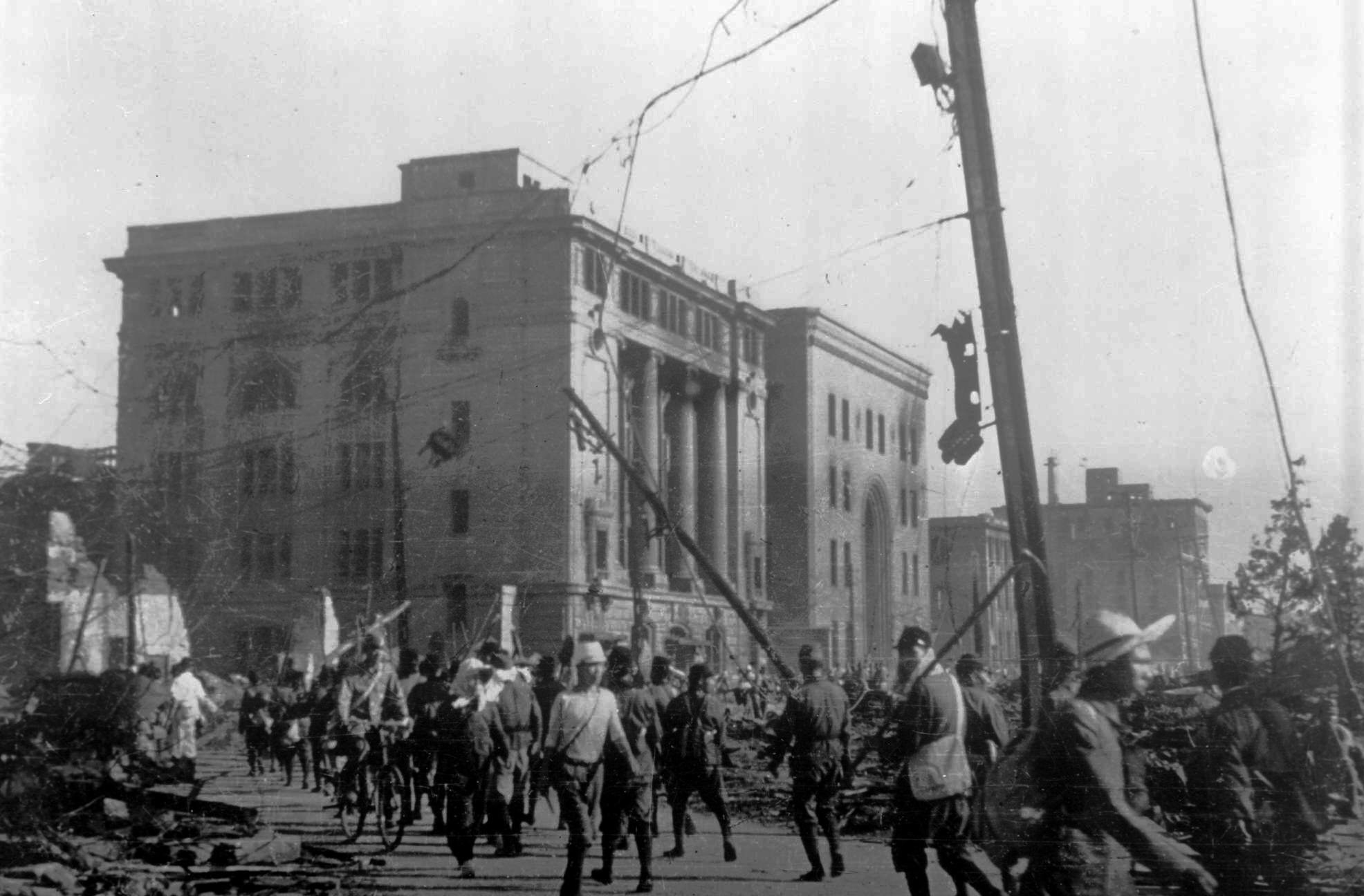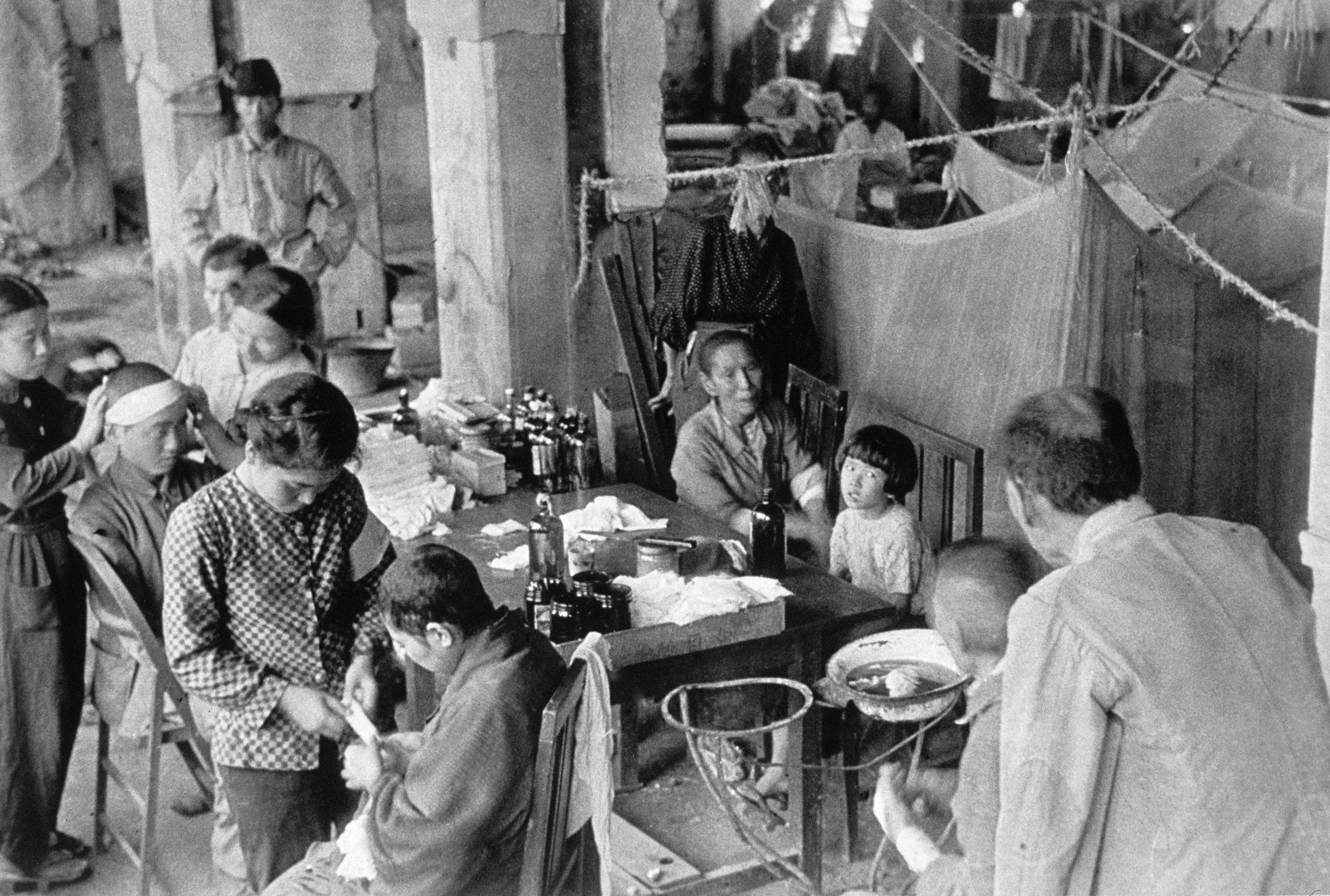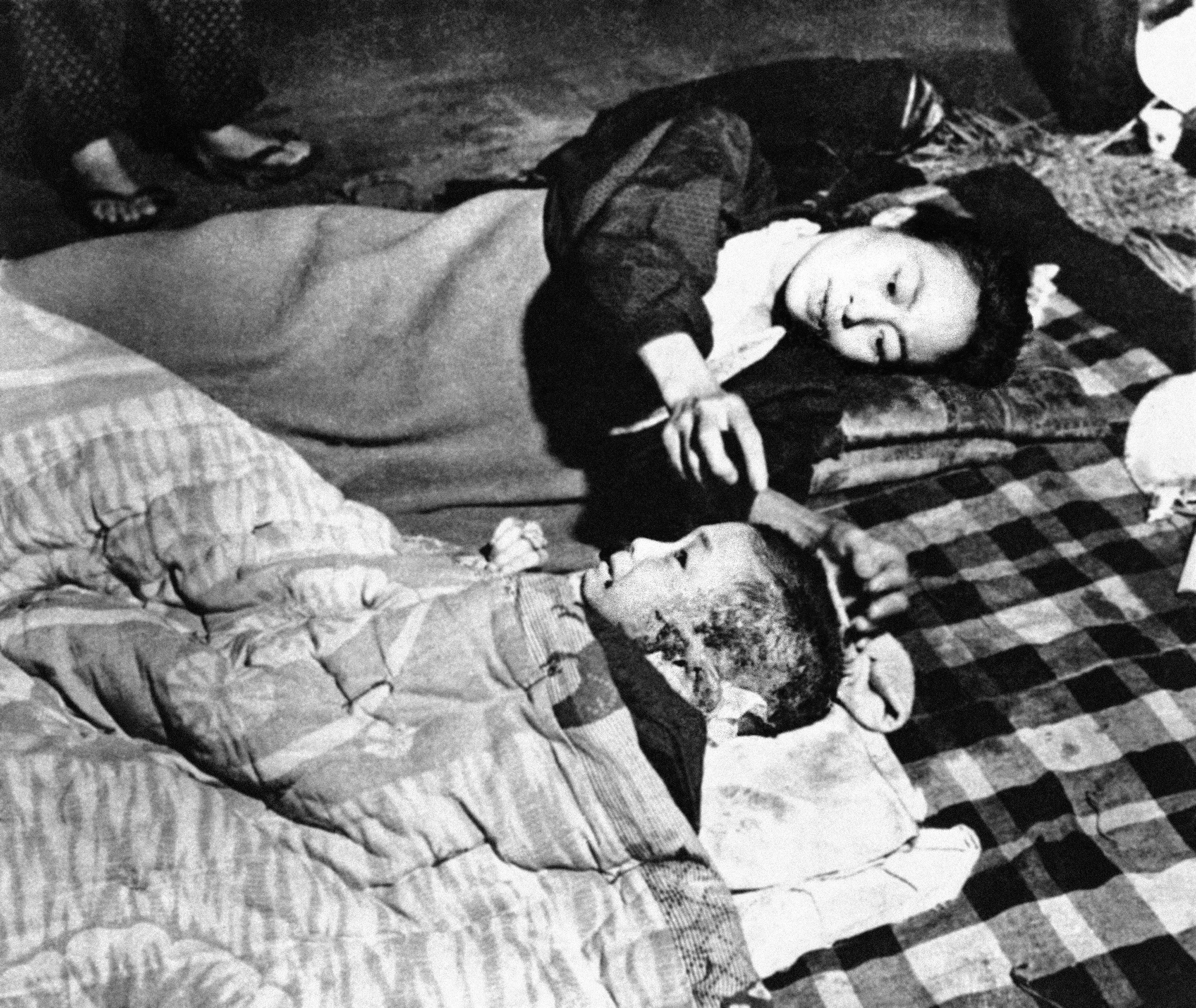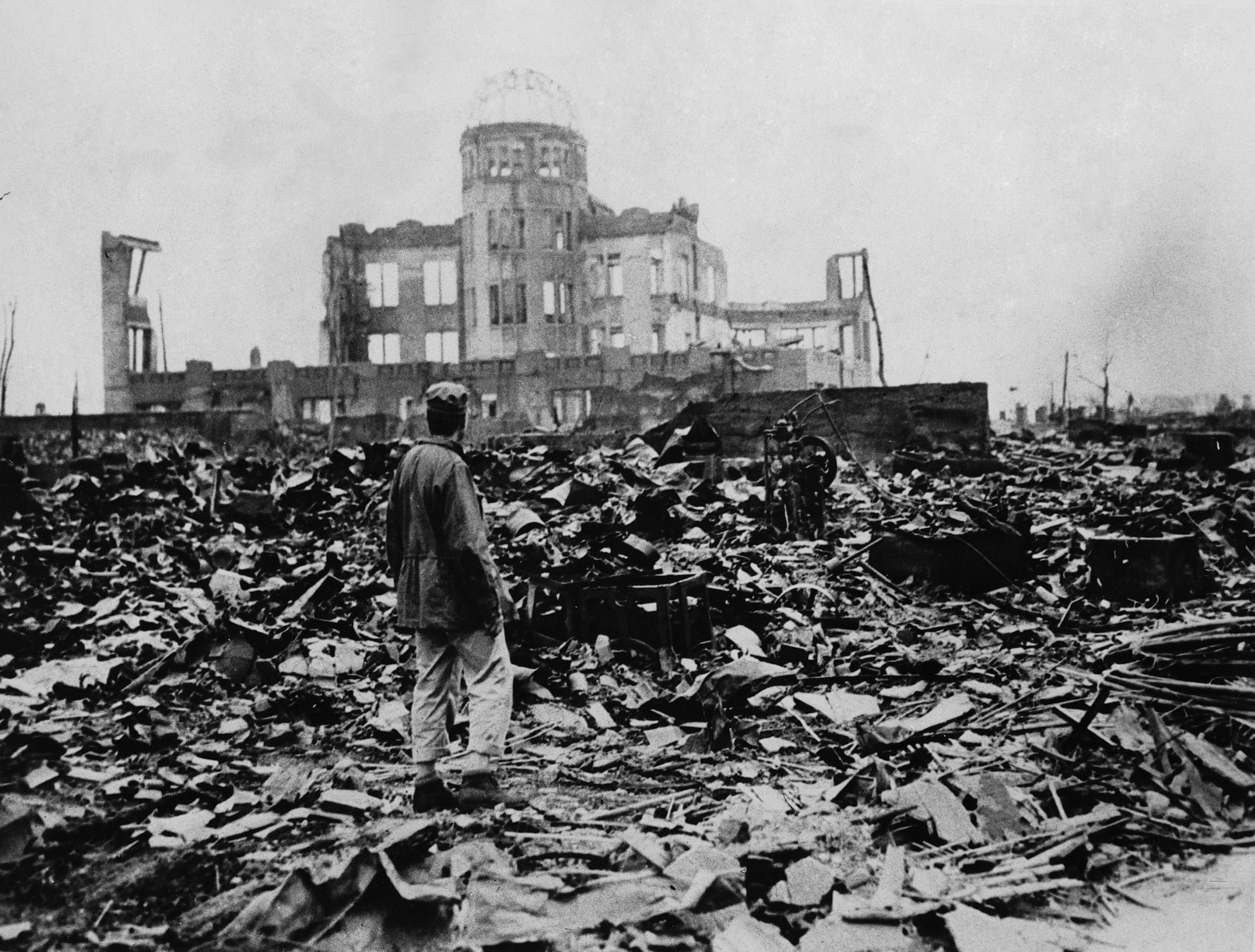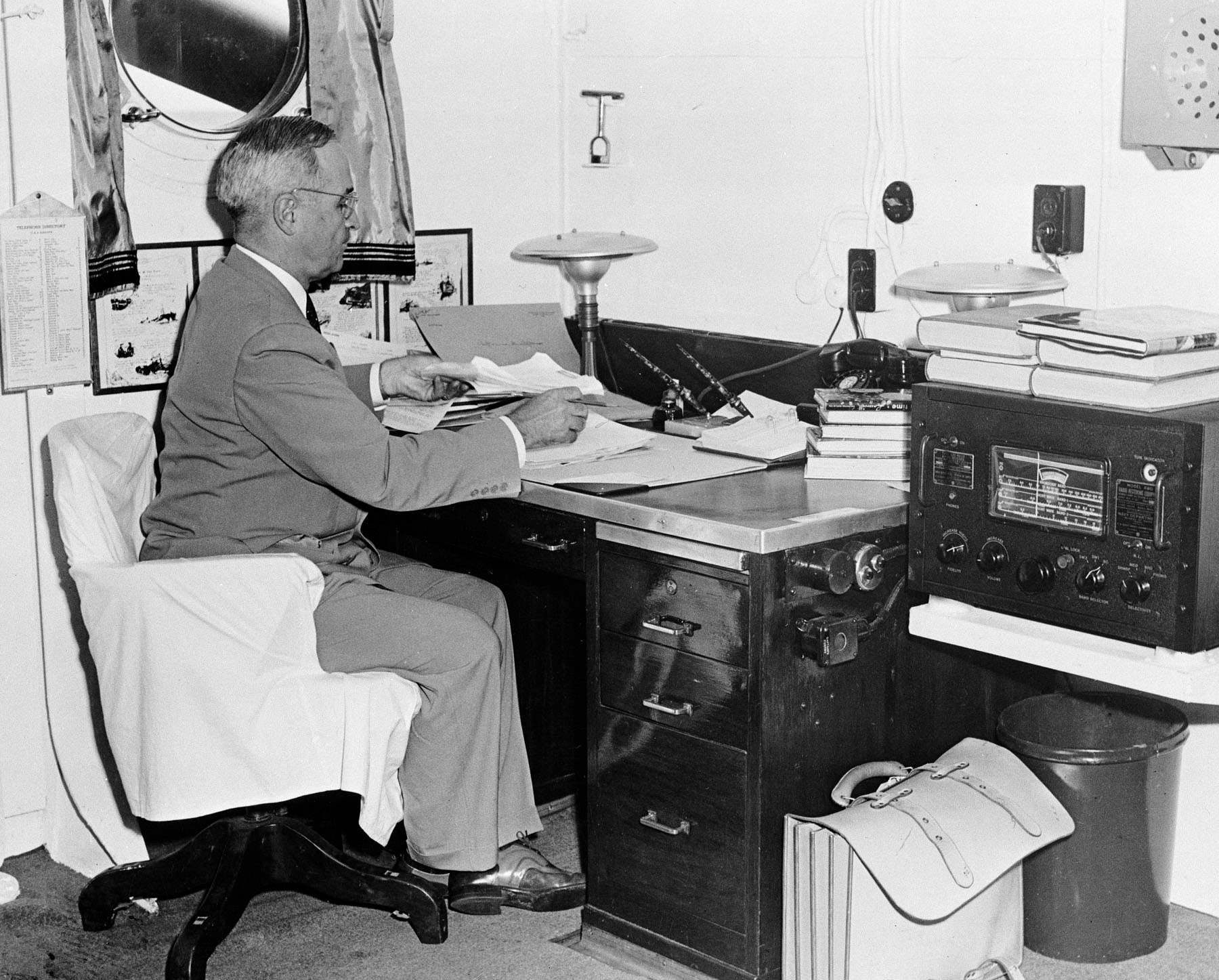
On Aug. 6, 1945, the United States dropped the first atomic bomb over the city of Hiroshima. The city was a strategic military target, and had been placed off-limits from earlier firebombing raids. The atomic bomb was intended as a tactic to end a long and extremely bloody conflict between the US and Japan in the Pacific. It is estimated that 140,000 people, or one-third of the population, had died as a result of the blast by the end of the year. Most of the casualties were civilians.
Despite repeated calls for Japan to surrender, they refused, and so three days later, on Aug. 9, 1945, a second atomic bomb was dropped on Nagasaki, a major seaport. The second bomb killed an estimated 70,000 people. On Aug. 12, Japan surrendered.
No reports about how local populations were affected by the bombs appeared in the American press until September, and stories about radiation sickness were dismissed as Japanese propaganda. While images of the mushroom cloud were published, photos showing the aftermath were suppressed until the American occupation ended in 1952, and even then they were not widely seen in the US. Seventy-five years later, the photos remain shocking, and important, historic documents of the unprecedented power of nuclear warfare.
